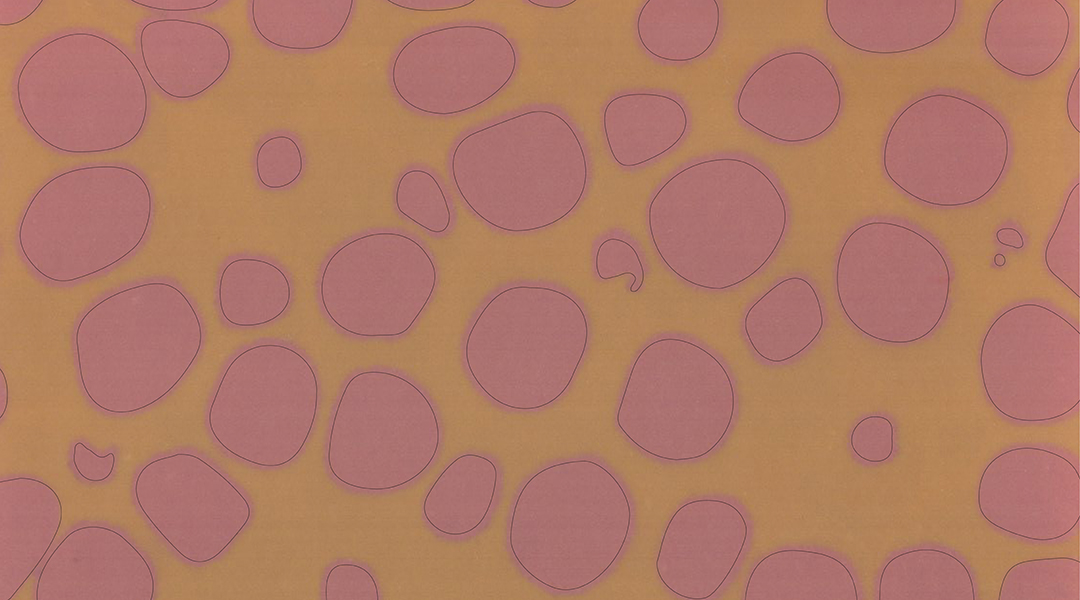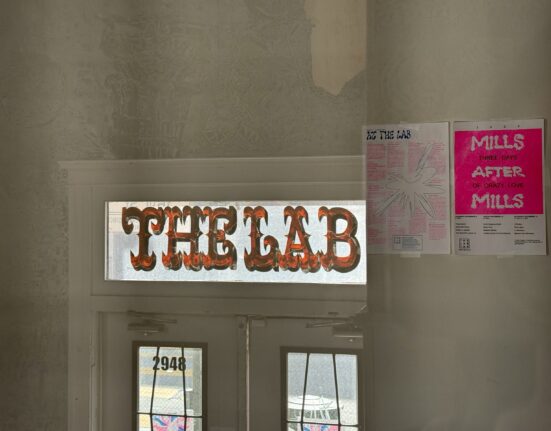In a new study published in Advanced Science, researchers from Northeastern University led by Daniel Wilson have merged science and art when they developed a natural pigment-based coating that changes color in response to sunlight.
“We can develop new optical materials and control strategies from scratch, but we can also learn a lot from the materials and mechanisms employed by biology,” said Wilson. “We were excited to build on the color-changing capabilities of cephalopod-inspired colorants to create durable and dynamic paint formulations.”
Behind the chemistry of color change
Pigments used in conventional paints are stable, which means they do not readily participate in chemical reactions, providing long-lasting and durable color. Color change only really occurs when the color fades due to wear-and-tear.
But some pigments, like xanthommatin, can change their color to a completely different hue under the influence of various stimuli including light, electricity, and chemical species. In nature, pigments like these help some organisms camouflage from predators and send visual signals.
“Xanthommatin and other related pigments broadly classified as ommochromes are formed by metabolism of the amino acid tryptophan,” said research scientist Cassandra Martin, first author of the study. “These pigments control the visible appearance of cephalopods [such as squids and octopuses], as well as some crustaceans and insects.”
The captivating ability of xanthommatin to change color relies on a chemical reaction, where it accepts electrons and becomes what chemists refer to as “reduced” or loses them and becomes “oxidized”. “The visible color of xanthommatin is controlled by the oxidation state of the molecule: the oxidized form is yellow, and the reduced form is red,” explained Martin.
In a previous study, Wilson discovered that in xanthommatin, this color shift occurred upon exposure to sunlight. The researchers took advantage of this simple stimulus and incorporated xanthommatin into a coating formulation they optimized and developed to make the paint light-responsive.
The formula
To complete their coating, the team incorporated titanium dioxide into the formulation, a white pigment used in almost all commercial paints. “Titanium dioxide provides what we call a high hiding power, meaning that the coating completely masks the color of the underlying substrate,” said Martin.
But here, titanium dioxide also has a vital role in the color-changing mechanism of xanthommatin, serving as the source of electrons that reduce xanthommatin and prompt color change. “Additionally, titanium dioxide is a semiconductor […], meaning it facilitates electron transport and mobility,” added Martin. In this context, this indicates a more efficient color switch, the energy for which is provided by the external light source—in this case sunlight.
The team incorporated these functional ingredients into polyurethane, which acts as a resin that holds the components together and helps them adhere to the surface after the paint dries.
All lights on the paint
With the formulation in hand, the scientists tested the light-changing abilities of the new coating. They verified that the color switch only occurred in the presence of titanium dioxide, and intriguingly, formulations of smaller and more concentrated titanium dioxide particles displayed more noticeable and faster color changes.
While the most concentrated formulation of small particles reached 85% of the total color change within 12 minutes, the formulation with larger particles took 27 minutes. The secret? Small particles have a higher area-to-volume ratio than larger ones, providing a larger area for light collection and xanthommatin reduction compared to coatings with equivalent concentrations of larger particles.
One characteristic of light-responsive paints is their ability to revert to their original color when the light source is removed. The team found that all their coatings effectively recovered their initial yellow hue when they stopped irradiating them. Moreover, the paints seamlessly transitioned between red and yellow ten more times, showing the high stability of the color switch.
Digging deeper into the mechanism, the scientists discovered that of the entire solar spectrum, only ultraviolet light triggered the yellow-to-red transition, while the visible and infrared rays left the coating color untouched.
Ultraviolet rays are more energetic and, therefore, more effective at removing electrons from titanium dioxide to reduce xanthommatin. This discovery opens up new possibilities for dynamic arts, where an ultraviolet lamp could directly serve as the power for the color transition.
A blend of art and science
In a proof-of-concept “exhibition” to demonstrate their paint’s capabilities in temporary design, the team painted a surface and masked some parts with adhesive tape, creating an image of a husky dog.
When exposed to sunlight, the uncovered areas switched to red right before their eyes, while the masked regions remained yellow. After removing the light source, the red area slowly reverted to its original color, causing the figure to disappear. The same strategy was used to create the cover image of this article.
Elevating their artistic exploration, the team found that xanthommatin can be blended with stable pigments to diversify the palette of their color-changing formulations. By mixing xanthommatin with a blue dye extracted from lazurite, they generated different shades of green in the oxidized state of xanthommatin (yellow plus blue) that switched to purple with solar exposure (red from reduced xanthommatin plus blue).
“Because our color-changing paints are responsive to ambient sunlight, we are excited by how xanthommatin and titanium dioxide could be integrated with standard coating formulation strategies and consumer products, said Wilson.
“For example, formulations like ours could be used to create surfaces that change color according to the weather — imagine exterior paints that change the color of a home or building throughout the day or display different colors in sunny vs cloudy conditions — or to create dynamic or temporary artwork that changes with its environment or is controlled using projected patterns,” he concluded.
With this advancement, the future promises an ever-growing possibility of color changing materials blending artistry with practicality.
Reference: Cassandra L. Martin et al., Color-Changing Paints Enabled by Photoresponsive Combinations of Bio-Inspired Colorants and Semiconductors, Advanced Science (2023). DOI: doi.org/10.1002/advs.202302652







